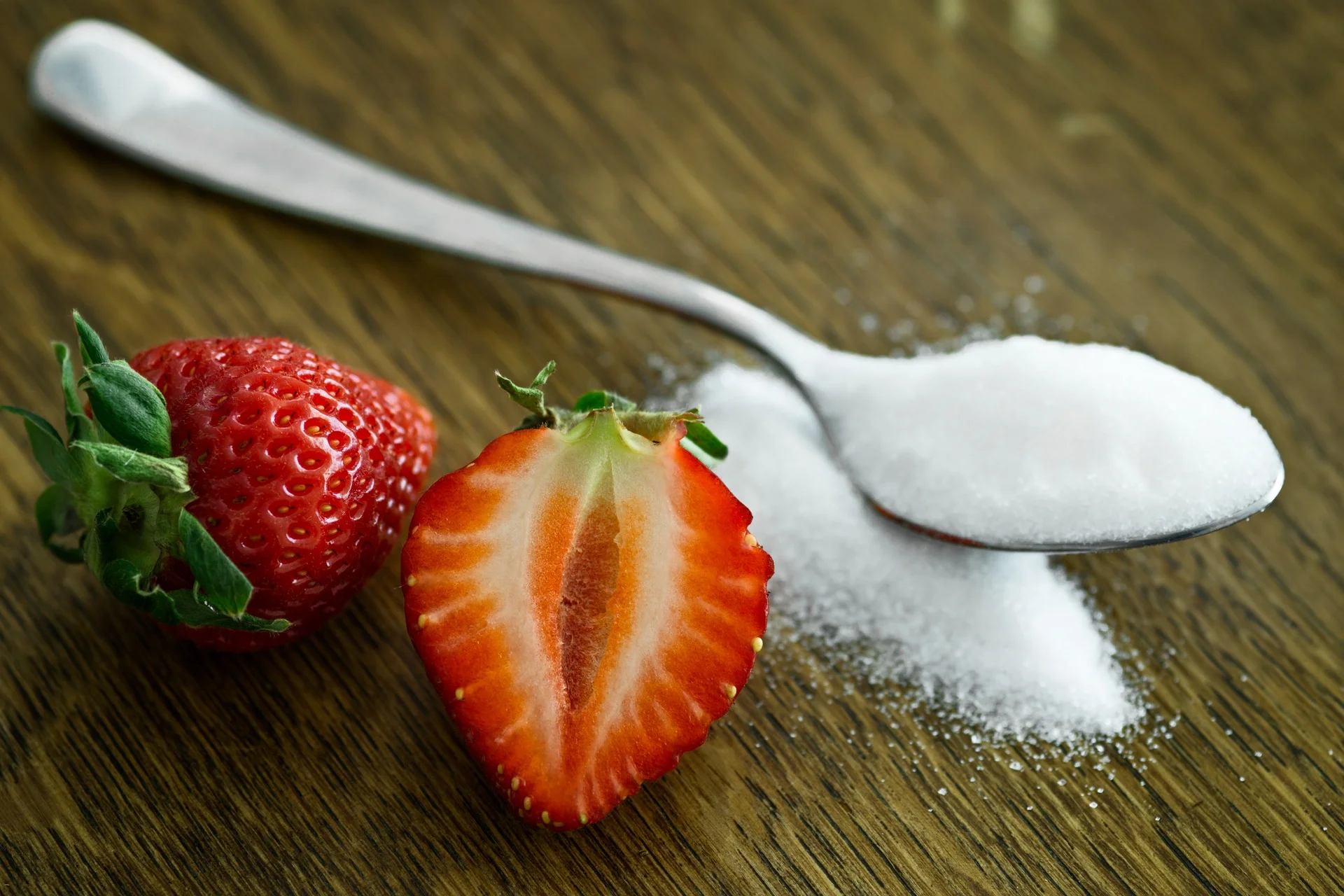Food and beverage marketing to children: Changing the trend
/We all want what’s best for our children—especially when it comes to their health and nutrition. So, why is keeping junk food out of the house so difficult? Where are children learning about the food they eat and the beverages they drink? Did you know children are being marketed to on a daily basis?
As parents, avoiding advertising and marketing for children and youth can be surprisingly difficult. Marketing is everywhere: television, video games, online, in movies, endorsed by characters and celebrities, and even on packages and labeling of products.
What is marketing?
By its very nature, marketing is designed to persuade people into purchasing a product or service. For influential young minds, this persuasion can lead to unhealthy food and beverage choices.
Food and beverage marketing to children
Healthy food and beverage choices start in childhood, and unfortunately children learn a lot about both through marketing.
Every time a child turns on the television they are exposed to a variety of marketing messages. Before the age of five, most children can’t tell the difference between an advertisement and a television show. Manufacturers and big brands recognize how easily influenced children and youth can be, and invest a lot of money to create marketing messages they feel will influence a child’s dietary decisions.
If a child sees a marketing message for a particular beverage a child will, more than likely, ask their parents if they can have that particular beverage—healthy or not.
Ottawa Public Health is working hard to help parents and their children learn the difference between healthy dietary choices and marketing ploys. Armed with the right knowledge and resources, parents and children will be able to make healthier and more informed dietary choices.
What can parents do to help change the marketing trend?
Parents need to do their research on products and read food labels. Just because something says it is 100% natural does not mean it is made with natural ingredients. Eat fresh foods as much as possible, and when shopping for packaged goods, look for products that have reduced salt or sugar and no trans fats.
Parents can also help educate their children on what marketing means and help their children differentiate between learning something new and trying to be convinced to buy something.
It can be hard to say to no to junk food, but teaching moderation and offering alternative, healthier options is a step in the right direction.
Marketing regulations
With growing obesity rates in children, it has become the mission of public health organizations to create stricter policies and regulations concerning the marketing of food and beverages to children and youth.
In Canada, the Federal government is constantly working to introduce restrictions on the marketing of unhealthy food and beverages to children and youth. These regulations include improving the information found on food labels.
The province of Quebec has already banned commercial advertisements specifically directed at children under the age of 13. Since this change, Quebec is the highest consumer of fruits and vegetables and has the lowest obesity rates for children between the ages of six and eleven.
To find out more information on how marketing influences the dietary choices of children and youth, and what steps are being taken to change these practices, visit Ottawa Public Health online.
---
Disclaimer: This blog post is sponsored by the City of Ottawa (Ottawa Public Health).









